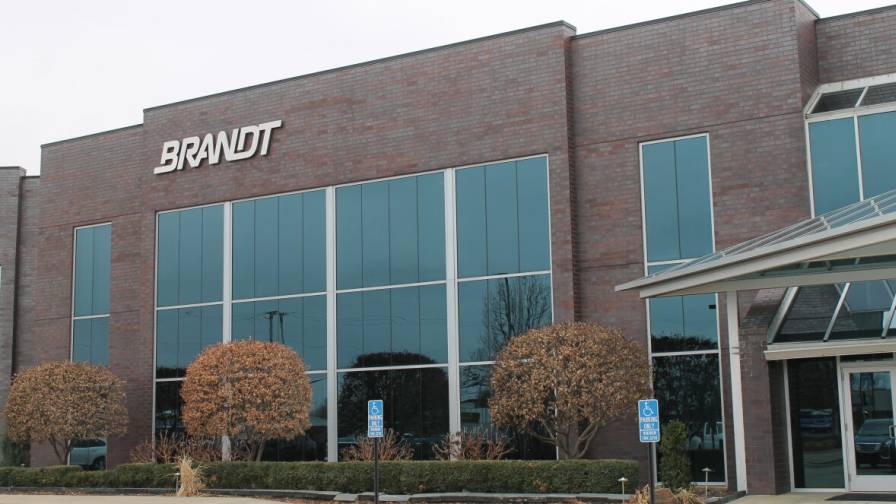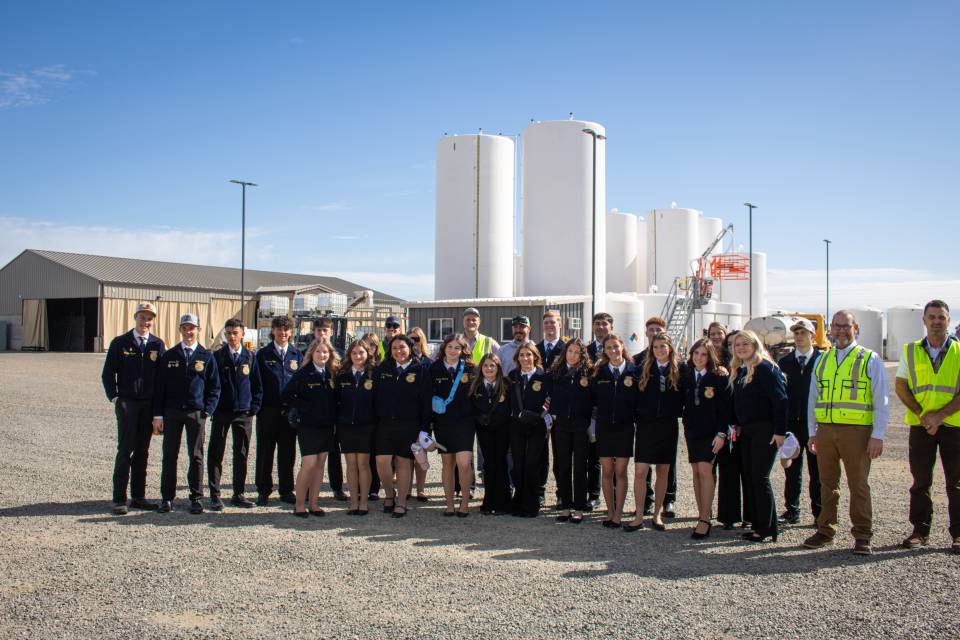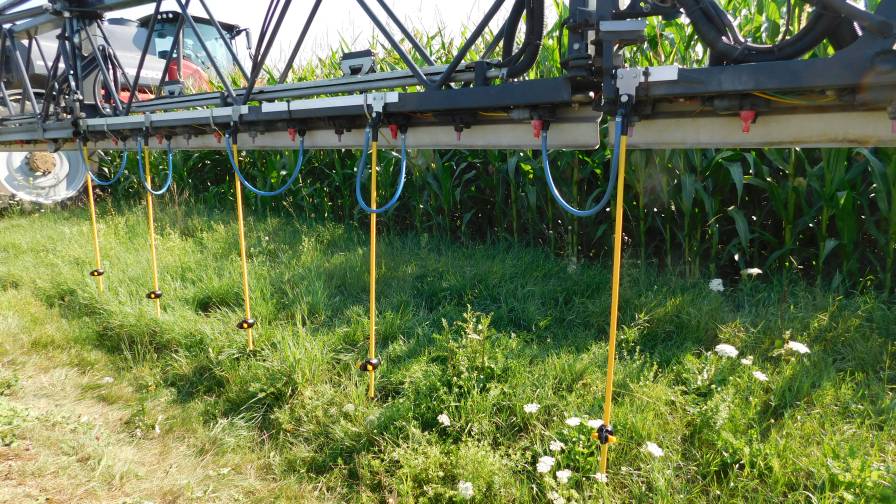Weed Management Program Profiles
Here’s quick look at weed control strategies and their cost.
Over the past 20 years many growers — and perhaps dealers — have been relieved to leave behind the days of managing multiple products and approaches for weed control. Glyphosate, and later, glyphosate-resistant seed, made everyone’s job easier. But the industry is now returning to the host of crop protection tools developed over decades — though this time with an eye toward more careful planning.
To that end, chemical manufacturers, weed scientists and other stakeholders in agriculture have been working to engineer new, sometimes more complex herbicide programs. The goal is to both kill weeds and preserve effective products. Dealers are seeking out the best strategies, and the effort takes resources and patience. One proof of the challenge lies in the fact that Midwest universities’ herbicide guides include bountiful pages and charts covering current products and their uses.
Dealers we talked with suggested it can be difficult to nail down a typical cost per acre because so many options are available. Kevin Mainord, sales and marketing director with MRM Ag Services, East Prairie, MO, puts the range at $18 to $50 depending on past weed pressure and the level of control desired by growers. Plans incorporate products with varied modes of action throughout a season.
Current Approach To Corn
In many cases, dealers recommend a program start with fall burndown products to prevent winter annuals from germinating, says Shane Eck, location manager at Mid Kansas Cooperative (MKC), Lindsborg, KS. He also suggests a preplant/preemergence application come spring to kill existing weeds as well as prevent other weeds from germinating.
A postemergence application would be next — prior to canopy — to kill existing weeds. A key with post applications is timing. “It’s important to follow the label and not spray weeds that are larger than the recommended height,” points out Eck. Larger, more mature weeds have a better chance of surviving off-label applications. Specifically, Midwest extension weed specialists say products should go on before weeds exceed two to four inches to avoid excessive crop competition.
Hitting weeds when they’re small with the right rate is also tantamount. While a lower rate may actually take out virtually all of a particular field’s weeds, the ones that do survive will reproduce and can contribute to the development of resistant populations.
Mainord offered a quick summary of his company’s corn programs: Preemergence product applied behind the planter (“most premix products work”), then an early postemergence application of compounds such as dicamba/diflufenzopyr premix and glyphosate.
Jeff Consbruck, seed lead, CPI Coop, Hastings, NE, says that “in our corn programs we really encourage a two-pass approach. We try and use multiple modes of action and get the first pass on as early as the
weather permits.”
In fact, the efficacy of a one-pass program made at 1) preemergence with a residual herbicide or 2) postemergence with a tank mix of glyphosate and a residual product — raises doubts for Micheal Owen, weed science extension specialist with Iowa State University. “Regardless of what some advertising suggests, no herbicide treatment will provide full season control consistently, and more importantly, meet grower expectations,” he has commented in the school’s ICM newsletter. An appropriate expectation for a soil-applied herbicide treatment would be six to eight weeks of effective control, he explains. If rates are reduced expect less weed control.
Plans For Soybeans
Here again, it’s vital to start clean, said many of the dealers contacted. As with corn, MKC’s Eck suggests a fall burndown with preemergence control to prevent winter annuals from germinating. Then would come a spring burndown product with residual action. “Some growers like to use a preemergence chemical preplant, while others prefer to use a preemergence application in-crop,” says Eck. “An in-crop application is generally planned prior to canopy.”
Mainord suggests a preplant incorporated product on grass — or for just broadleaf weeds, depending on specific pressure. He also says growers can do an early postemergence application with both a contact and a residual product in the tank.
Consbruck would say soybeans are where his clients are having the most trouble these days. “Starting with a pre is a must anymore, as weeds in our area such as marestail, waterhemp and Palmer amaranth are getting very hard to control.
“Timing is our biggest challenge due to weather conditions and the fact that we are in the middle of applying our corn preemergence products and fertilizer at this time as well,” he adds. “Getting the pre on early — such as Enlite, Verdict, Prefix or Sonic — and then coming back with a tank mix of Roundup and another mode of action seems to be what is working in our area.”
Fortunately, research has yielded many non-chemical strategies in the weed wars. For instance, University of Illinois and USDA work has shown that several good cultural practices help: adequate seedbed preparation, adequate fertilization, crop rotation, planting on the proper date, using optimal row widths and seeding at the rate needed for optimal stands.
Their research also confirms that planting in relatively warm soil can help the crop emerge quickly and better compete with weeds. In fact, both corn and soybeans usually compete quite well with most weeds that begin growing beyond the first three to five weeks after planting — so good weed control during that early phase is extremely important. In addition, narrow rows help the crop compete better with weeds. Experts say that if herbicides alone cannot give adequate control, then growers should keep rows wide enough for cultivation.





